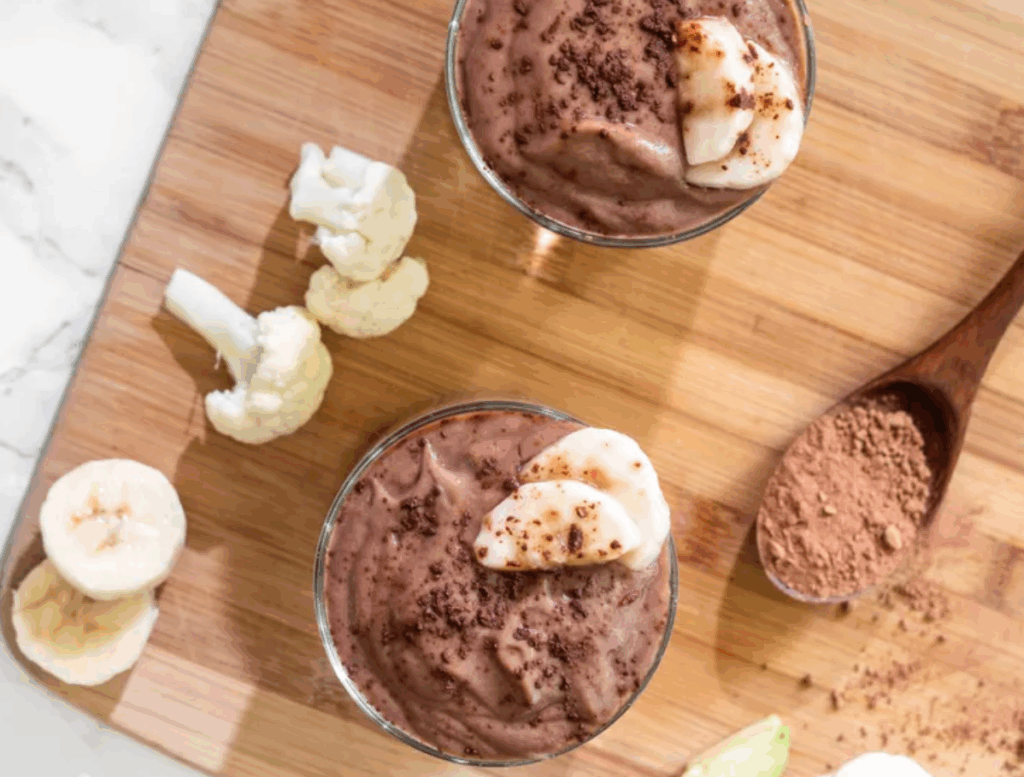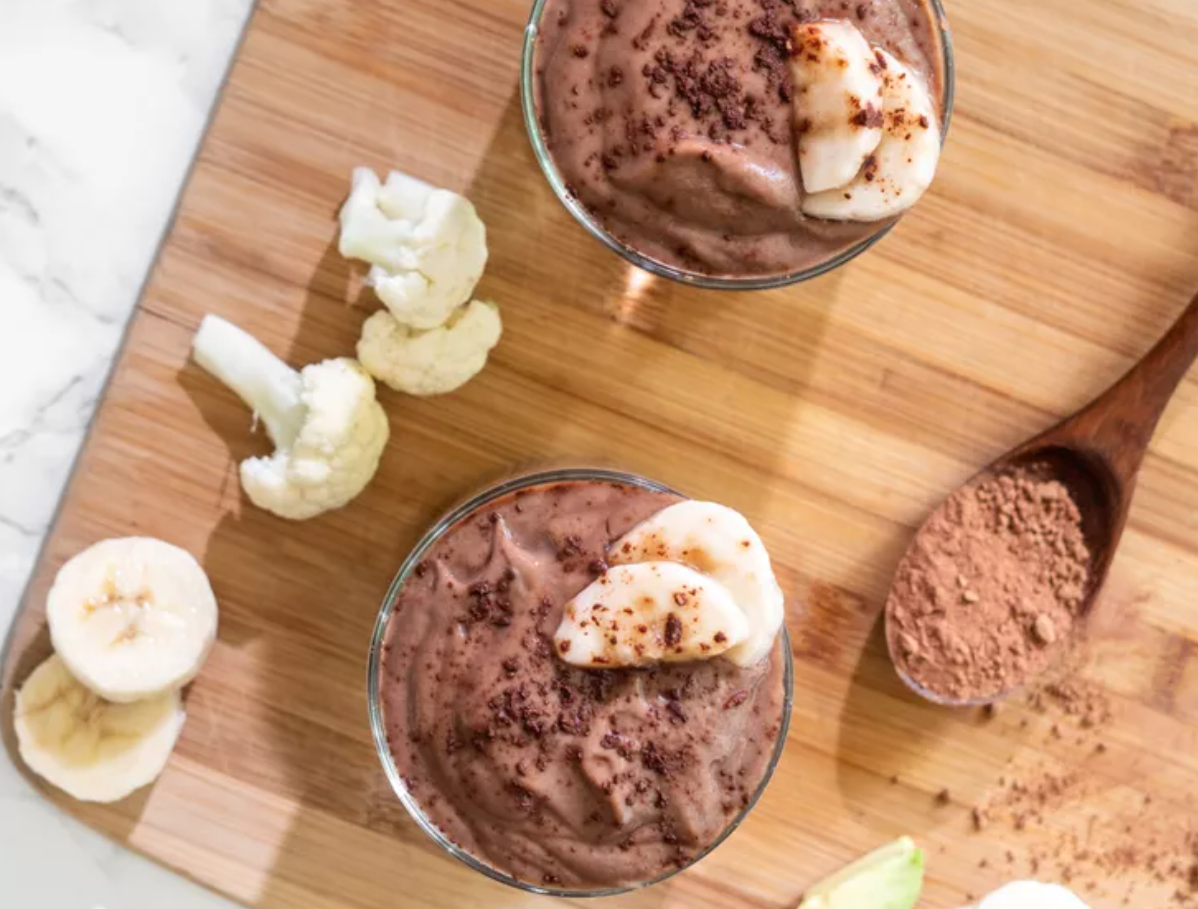A post-workout protein shake can leave your muscles feeling fueled and your energy soaring—but what about your skin? For some people, the same whey protein that helps build strength might also trigger pesky breakouts. It’s a concern that’s popped up in fitness and skincare conversations alike, and according to dermatologists and nutrition experts, there’s some truth behind it.
So, is your beloved chocolate whey smoothie sabotaging your complexion? We spoke with two board-certified dermatologists and two nutrition specialists to break down the science, the risks, and the best alternatives.
What Is Whey Protein, Exactly?
Whey is one of two proteins naturally found in dairy milk—the other is casein. “Whey is the liquid left behind after milk has been curdled and strained,” says nutritionist Melissa Pfeister. “It’s then processed into the powders and supplements most of us recognize.”
In fresh milk, about 20% of the protein is whey, while the other 80% is casein. Both are popular among athletes, but whey is favored for one big reason: it digests quickly, delivering amino acids to muscles fast. That makes it a go-to for anyone looking to refuel right after exercise.
Both whey and casein are loaded with branched-chain amino acids (BCAAs), known to support muscle recovery and growth. Still, while whey may be a workout hero, it doesn’t always play nicely with your skin.

Can Whey Protein Trigger Acne?
According to dermatologist Dr. Harold Lancer, the short answer is yes: whey protein can contribute to breakouts. The culprit lies in its effect on hormones.
“High doses—anything over 30 grams per day—may trigger acne or even eczema flare-ups in certain people,” explains dermatologist Dr. Tiina Meder. One reason is the amino acid leucine, which has been linked to overstimulation of skin cells and oil glands. For individuals already prone to irritation, the effect can be more pronounced.
Research also shows that about 30% of people with conditions like atopic dermatitis have food sensitivities, making them more vulnerable. Translation: if your skin already reacts easily to foods, whey might be one more trigger.
Who’s Most at Risk?
“Just about anyone who consumes whey can experience testosterone spikes that may lead to blemishes,” Dr. Lancer says. That means adults, teens, men, and women alike could be affected.
But it’s not a guarantee. Nutrition coach Karla De Epstein notes that whey protein doesn’t bother everyone: “It really depends on your hormone levels and individual skin sensitivity. Some people can drink whey shakes daily without an issue, while others notice breakouts right away.”
Interestingly, casein—the other milk protein—may cause similar problems, so swapping one dairy-based powder for the other isn’t always the solution.
What to Do If Whey Protein Makes You Break Out
The simplest fix? Cut back. If you notice your acne flares up after whey shakes, try eliminating them for a few weeks and see if your skin clears. Reducing overall dairy intake can also help, though not all dairy has the same effect. For example, studies suggest cow’s milk itself may worsen acne, but yogurt and cheese don’t seem to carry the same risk.
Smart Alternatives to Whey Protein
Fortunately, whey isn’t the only option for meeting your protein goals. If you want to avoid dairy but still support your workouts, here are some expert-approved substitutes:
- Bone Broth Protein: Packed with collagen and amino acids, it comes in familiar flavors like chocolate and vanilla, minus the “broth” taste.
- Egg White Protein: A high-quality option second only to whey in leucine content, making it effective for muscle repair.
- Pea Protein: A plant-based favorite that blends smoothly and tastes mild (and no, it doesn’t taste like peas).
- Brown Rice Protein: Neutral in flavor, hypoallergenic, and often sprouted for easier digestion.
Other plant proteins—like hemp, soy, sunflower, or quinoa—are often available in blends, offering a more balanced amino acid profile.
How to Treat Protein-Related Breakouts
If you suspect whey is behind your blemishes, focus on calming and strengthening your skin barrier. Dr. Meder recommends microbiome-friendly skincare: gentle cleansers, an antioxidant serum, and a moisturizer with prebiotics or probiotics to balance oil and reduce inflammation.
For more stubborn or cystic acne, seeing a dermatologist is key to preventing scarring and creating a tailored treatment plan.
The Bottom Line
The connection between whey protein and acne isn’t just gym folklore—there’s science behind it. Milk proteins like whey and casein can raise testosterone levels, which in turn may overstimulate oil glands and trigger breakouts.
If whey seems to aggravate your skin, you don’t have to choose between clear skin and fitness gains. With so many alternatives—from pea to egg to bone broth protein—you can still power up your workouts without the unwanted side effects. And if breakouts persist, a dermatologist can help confirm whether your shake really is the culprit.

Leave a Reply